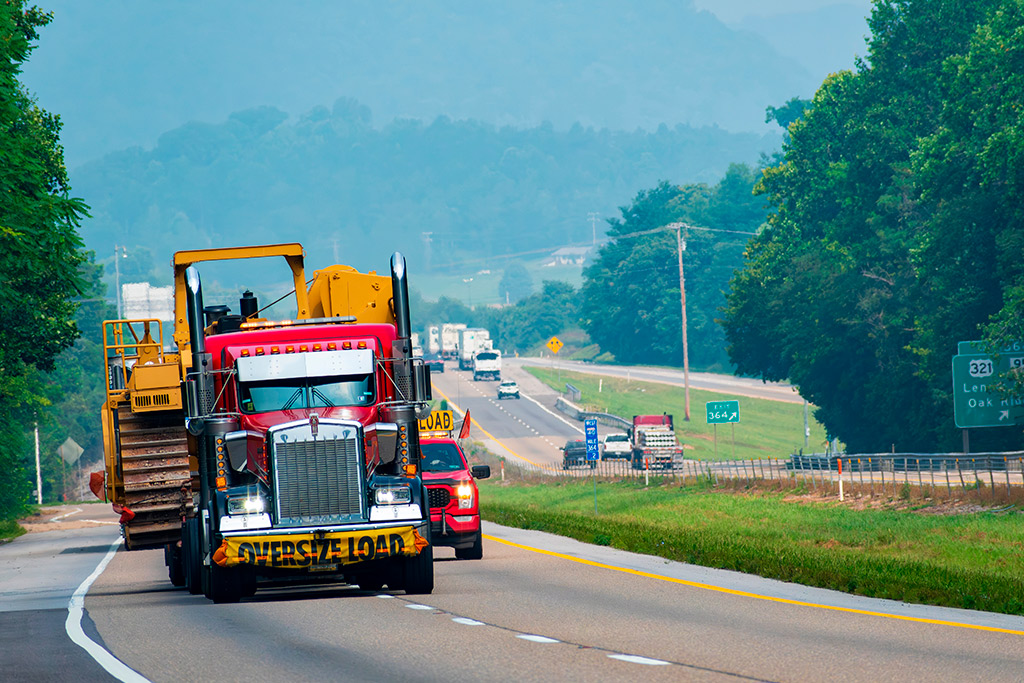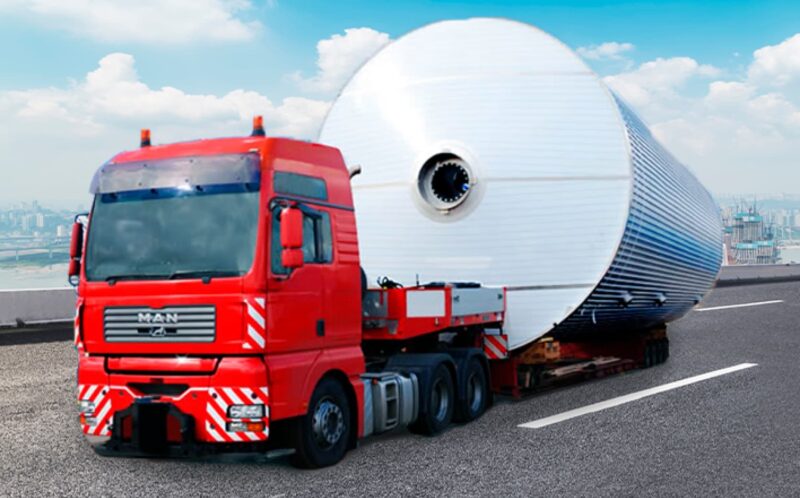In the world of construction and heavy industry, the movement of oversized freight is not just a logistical challenge; its an art form that intertwines precision, planning, and innovation. Transporting massive machinery, giant structural components, and other behemoths requires a delicate balance of expertise and daring, as the stakes are high and the margins for error are thin.
From towering cranes to sprawling prefabricated units, these colossal loads demand specialized equipment, knowledge of intricate regulations, and a strategic approach to route planning. Whether youre a seasoned industry professional or a newcomer eager to understand the nuances of this critical aspect of operations, our complete guide to oversized freight transport will illuminate the path ahead.
Join us as we delve into the vital considerations, technical specifications, and best practices that ensure safe, efficient, and successful transportation of heavy loads—transforming the complex into the achievable.
Types of Oversized Freight
 When discussing types of oversized freight, its essential to recognize that this category encompasses a wide range of items, each with unique transportation requirements and challenges. Massive machinery like excavators, bulldozers, and cranes sit at one end of the spectrum, requiring specialized transport vehicles due to their weight and dimensions.
When discussing types of oversized freight, its essential to recognize that this category encompasses a wide range of items, each with unique transportation requirements and challenges. Massive machinery like excavators, bulldozers, and cranes sit at one end of the spectrum, requiring specialized transport vehicles due to their weight and dimensions.
On the other hand, structural components such as steel beams, oversized trusses, or extensive piping systems present their own set of complications, often needing careful planning to navigate roadways and construction sites. Additionally, exotic loads like wind turbine blades or large HVAC units push the limits of standard transport, demanding custom solutions or even route modifications to ensure safe passage.
Understanding the nuances of each type elucidates the intricacies involved in oversized freight transport, making it a cornerstone of construction and industrial logistics.
Regulations and Compliance
 Navigating the intricate web of regulations and compliance is crucial for anyone involved in oversized freight transport for construction and industrial purposes. Each state enforces a unique set of laws governing the transport of large and heavy loads, which may include weight limits, route restrictions, and permits. Additionally, federal guidelines often intersect with these local regulations, creating a complex tapestry that transporters must skillfully maneuver.
Navigating the intricate web of regulations and compliance is crucial for anyone involved in oversized freight transport for construction and industrial purposes. Each state enforces a unique set of laws governing the transport of large and heavy loads, which may include weight limits, route restrictions, and permits. Additionally, federal guidelines often intersect with these local regulations, creating a complex tapestry that transporters must skillfully maneuver.
To avoid costly penalties or, worse, disruptions to operations, it is imperative for companies to stay abreast of the latest regulations, including those concerning safety standards and environmental considerations. Beyond just adhering to the law, understanding these nuances can significantly enhance efficiency, ensuring that oversized shipments reach their destinations without unnecessary delays.
It’s this meticulous attention to compliance that often makes the difference between a successful operation and a logistical nightmare.
Conclusion
In conclusion, navigating the complexities of oversized freight transport is essential for the successful execution of construction and industrial projects. By understanding the regulations, planning logistics, and choosing the right transport options, businesses can ensure their oversized loads reach their destinations safely and efficiently.
As you embark on your journey in this specialized field, remember to find out about wide load transport, as it plays a crucial role in accommodating large and heavy machinery. With careful preparation and the right knowledge, you can effectively manage the challenges associated with oversized freight, leading to streamlined operations and ultimately contributing to the success of your projects.


